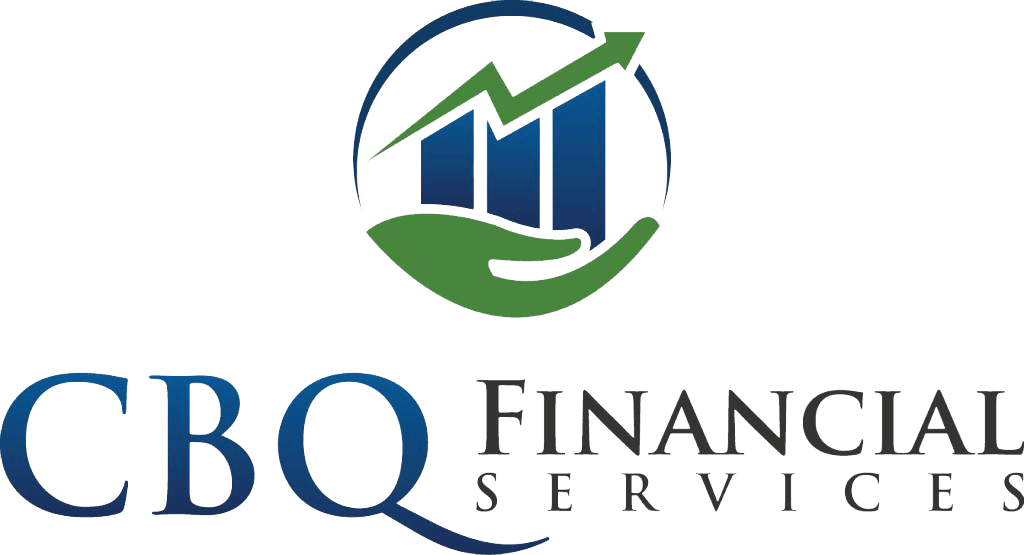After many years of comfortable growth and a reasonably stable economy, the COVID-19 outbreak of 2020 came as a shock to many business owners.
When things are going well and money coming in steadily, it doesn’t seem so essential to have a clear picture of your business’s money. However, the dramatic impact of the crisis was a big reminder that to stay operating, you need to know where your finances are at as well as finding ways to generate income.
The current circumstances have highlighted the importance of financial clarity to every business owner. If you’re not clear on where you stand, here are some tips to make things easier.
Tip #1 Don’t look at profit
Profit is not the best indicator of how much money your business has or the state it is in financially.
This is because profit is the money left at the end of the day. You’re not supposed to use this money to pay your suppliers, employees or GST.
Revenue is another ‘false lead’ when it comes to your financial status. Companies drawing in billions of dollars a year in revenue can collapse in a matter of weeks if their expenses are so high that there is nothing left in the bank at the end of the month.
Instead of looking at profit or revenue alone, the answer to the question of how much money your business has is in the balance sheet. This shows a far more detailed picture.
Tip #2 Understand what you have
Your balance sheet, when maintained and managed correctly, will show you the cash your business has to hand, plus the value of your inventory. It will also show you the amounts owed to you by customers and debtors.
Ideally, your business will have enough cash on hand to pay your staff and bills. You will also have assets in the form of inventory which can be sold/turned back into cash relatively quickly and aren’t costing you a great deal of money to hold on to.
Tip #3 Understand what you owe
The other section of your balance sheet which will show you your financial status is how much you owe.
You can have $1 million rolling in from sales each month but if your expenses add up to $1 million plus $1 with no sign of change on the horizon, it’s time to review your finances.
If you want a clear picture, as well as knowing what you have, you need to know what you owe, in terms of outstanding credit, tax bills, recurring expenses and liabilities.
There’s no point hiding your head in the sand when it comes to bills, payments and tax. The sooner you lift the hood of your business, identify your monthly expenses and debt, and make a plan to get them under control, the sooner what you have will be greater than the amount you owe.
Your next steps
To get a clear picture of your finances, no matter how long you have been in business for, it is essential you have the help of a good accountant. This professional will be able to run your balance sheet and give you an understanding of where you’re at right now.
No matter what your status, once you are clear on how much money your business has, you can make a plan to improve its stability. This may mean selling things your business doesn’t need, reducing unnecessary expenses, changing payment terms or renegotiating your supplier costs.
With your accountant’s help, you can not only get clear on what you have now, you can do some forecasting and look at what you will need to stay afloat in the future.
Your business doesn’t have to have a huge chunk of money immediately on hand in order to be financially stable. What’s more important is steady revenue and expenses you can afford. Once you have clarity and a sense of control, you’ll have the option to invest in growth opportunities and start exploring ways to create safety nets to keep your business stable through difficult times.




